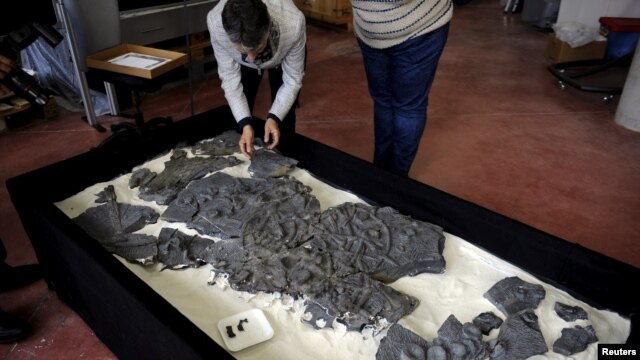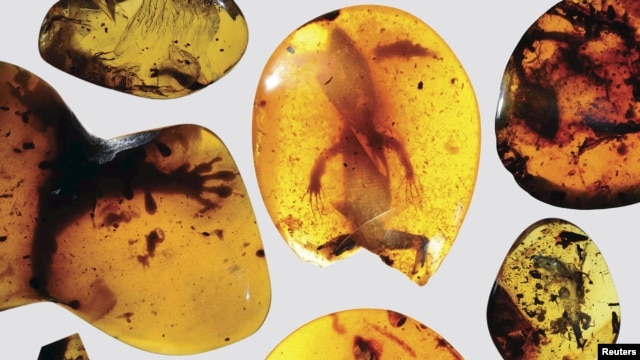skookerasbil
Platinum Member
OK.........the k00k bomb throwing keeps getting better and better.
Ready for this one?
The dinosaurs farted themselves to death!!!
Yup.........dinosaur farts led to global warming and the extinction of the dinosaurs s0ns!!!
Ask youself...............Does this passes the smell test?
Dinosaurs’ digestive gases linked to global warming - BostonHerald.com
Ready for this one?
The dinosaurs farted themselves to death!!!
Yup.........dinosaur farts led to global warming and the extinction of the dinosaurs s0ns!!!

Ask youself...............Does this passes the smell test?
Dinosaurs’ digestive gases linked to global warming - BostonHerald.com

